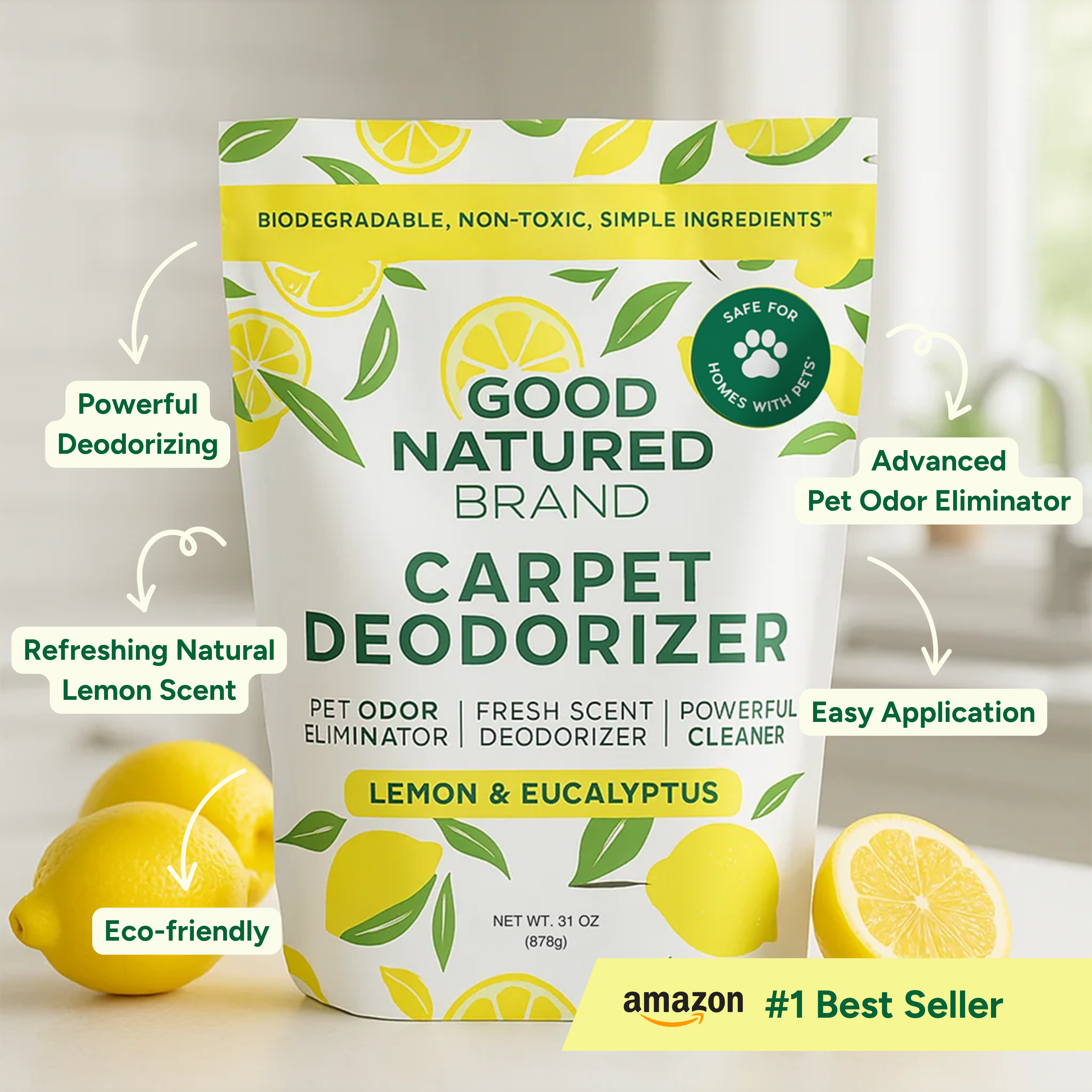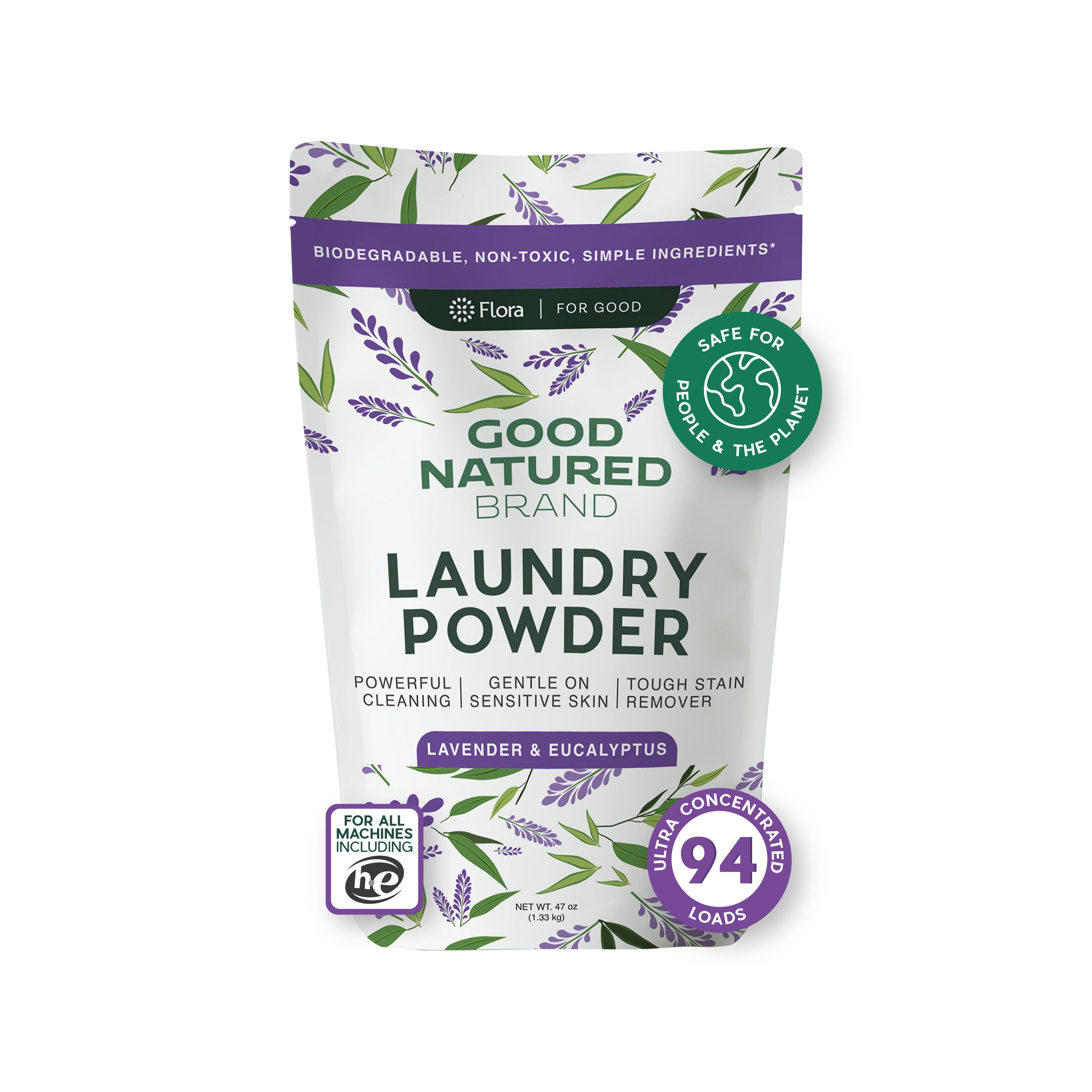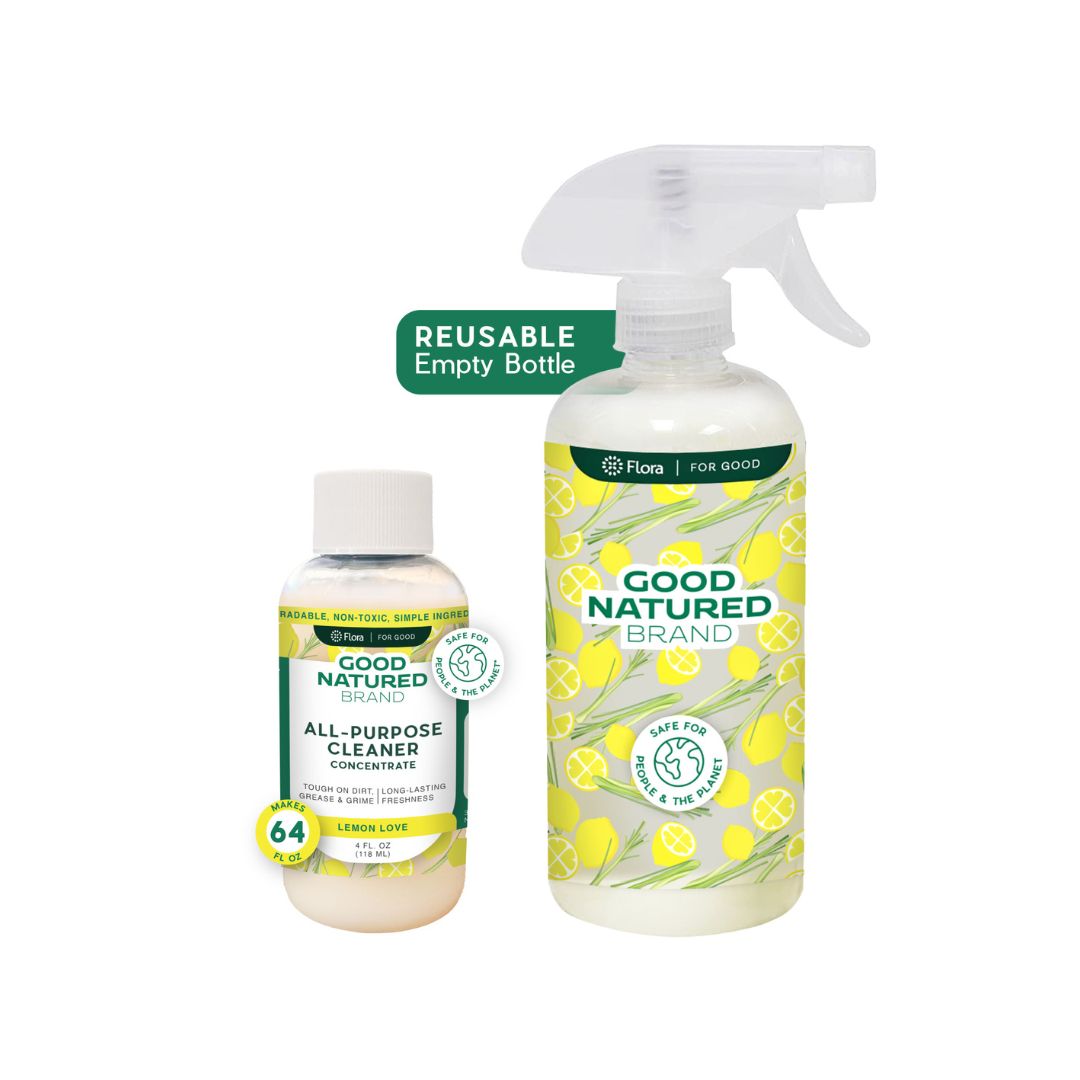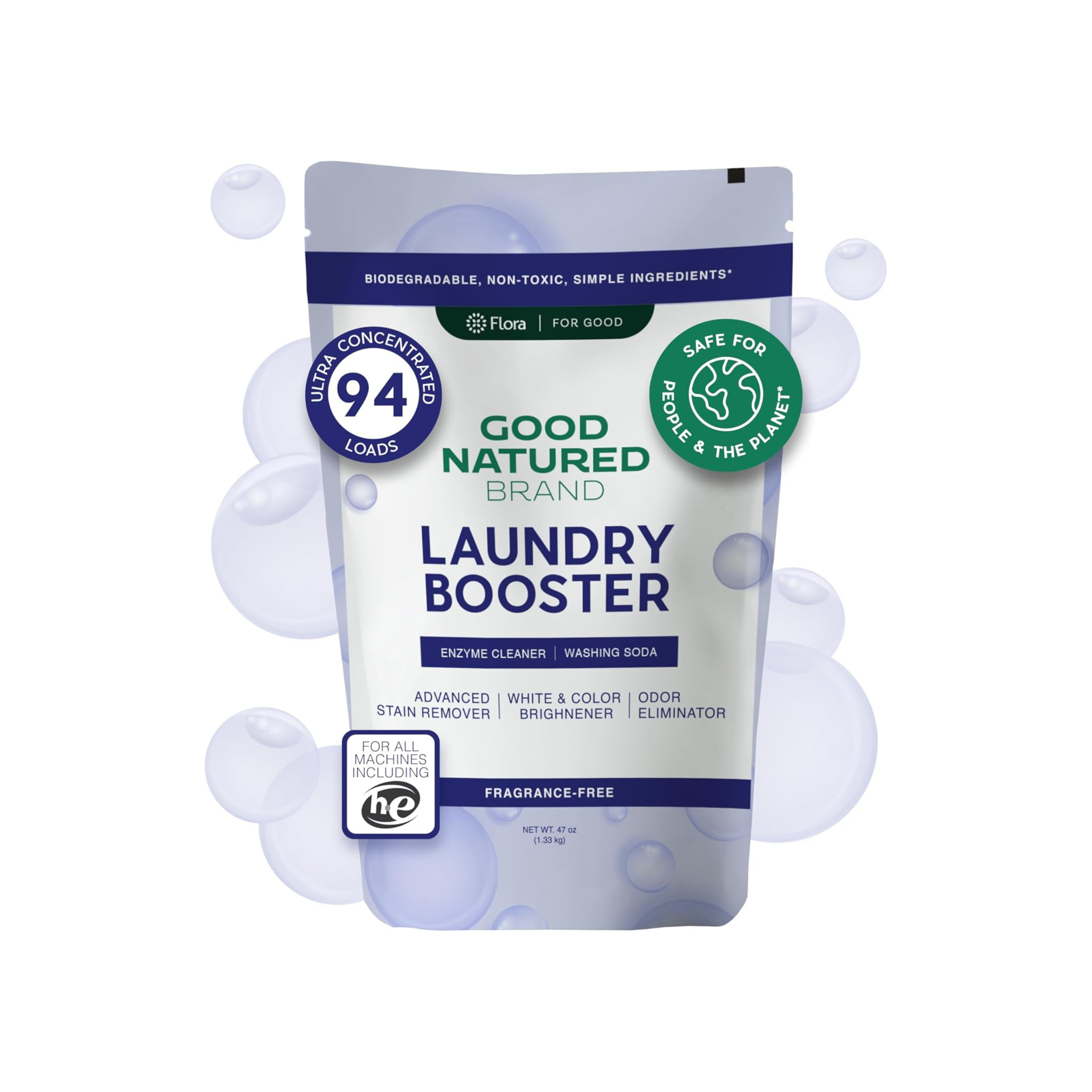Creating a compostable dog waste system is one of the most effective ways to manage your pet's waste while contributing positively to the environment. As pet owners, we often find ourselves grappling with the challenges posed by dog waste, which can be harmful to the environment if not disposed of properly. In this guide, we will explore what a compostable dog waste system is, its benefits, and how you can set one up in your own home.
Understanding Compostable Dog Waste Systems
A compostable dog waste system is designed to turn your dog's waste into nutrient-rich compost that can be safely used in your garden. This system not only helps reduce the amount of waste sent to landfills but also provides a sustainable way to manage pet waste. Unlike traditional waste disposal methods, which can contribute to pollution, a compostable system allows you to recycle your pet's waste into a valuable resource.
Before setting up your system, it’s essential to understand the components that make it effective. The key is ensuring you use the right materials and methods to create a safe, efficient composting environment.
Why Compost Dog Waste?
Composting dog waste offers several benefits:
-
Environmental Impact: Traditional dog waste disposal methods often involve plastic bags that take years to decompose. By composting, you are reducing landfill waste and minimizing your carbon footprint.
-
Nutrient-Rich Compost: When done correctly, composting dog waste can produce a rich soil amendment that can enhance your garden’s health. This compost can help your plants thrive by providing essential nutrients.
-
Odor Control: A well-maintained composting system can help neutralize odors associated with dog waste, making it a more pleasant experience for you and your neighbors.
Key Components of a Compostable Dog Waste System
To start your compostable dog waste system, you will need to gather a few essential components:
-
Compostable Bags: It’s vital to use bags specifically designed for composting. These bags break down more quickly than traditional plastic bags and can be added directly to your compost pile.
-
Compost Bin or Heap: You can either buy a compost bin or create a heap in your backyard. The bin should allow for proper aeration and drainage to create an optimal composting environment.
-
Carbon-Rich Materials: Also known as "brown" materials, these include dried leaves, straw, or cardboard. They help to balance the nitrogen-rich materials (like dog waste) and create a healthy compost.
-
Nitrogen-Rich Materials: These are the "green" components, which include your dog’s waste, kitchen scraps, and grass clippings.
It’s crucial to ensure that the materials you use are non-toxic and biodegradable. This not only aids in the composting process but also ensures that the end product is safe to use in your garden.
Setting Up Your Compostable Dog Waste System
Setting up your compostable dog waste system may seem daunting, but it’s quite manageable with the right steps. Here’s a straightforward guide to help you get started:
Choose the Right Location for Your Compost Bin
Selecting an appropriate spot for your compost bin is the first step. Look for an area that is:
-
Accessible: You’ll want to easily access the bin for adding waste and materials.
-
Well-Drained: A location that doesn’t collect puddles of water will help your compost breathe and reduce odors.
-
Away from Direct Sunlight: While some sunlight is beneficial, too much heat can dry out your compost and slow the decomposition process.
Select the Right Compost Bin or Heap
You have the option of purchasing a compost bin or creating a homemade compost heap. If you choose to buy a bin, ensure it has proper ventilation and is made from durable, eco-friendly materials. Alternatively, you can construct a compost heap using wooden pallets or wire mesh, ensuring that it’s contained yet allows for airflow.
Gather Necessary Materials
Once you have your location and bin sorted, the next step is to gather your composting materials. Ensure you have a good supply of both carbon-rich and nitrogen-rich materials.
Layering the Compost
When adding materials to your compost bin, it’s essential to layer them properly. Start with a layer of carbon-rich materials, followed by a layer of dog waste, and then top it with more carbon materials. This layering mimics the natural processes of decomposition and helps create a balanced compost environment.
Adding Dog Waste
When adding your dog’s waste, make sure to use compostable bags to facilitate the breakdown process. This practice not only simplifies the process but also prevents any potential issues with odors or pests.
Maintaining Your Compost
Regular maintenance is critical to the success of your compostable system. Here are a few tips to keep in mind:
-
Aeration: Turn your compost regularly to introduce oxygen, which is necessary for decomposition.
-
Moisture Control: Ensure that your compost is damp but not soggy. If it’s too dry, add some water; if it’s too wet, add more carbon-rich materials.
-
Monitor Temperature: A well-functioning compost pile will generate heat as materials break down. If your compost is too cool, it may need more nitrogen-rich materials.
Common Mistakes to Avoid
When creating a compostable dog waste system, there are a few common pitfalls to avoid:
-
Using Non-Compostable Materials: Ensure all bags and materials are compostable to prevent contamination.
-
Neglecting Maintenance: Regularly turning and monitoring your compost is essential for success.
-
Ignoring Odor Issues: If your compost smells unpleasant, it may need more carbon materials or better aeration.
By following these steps, you can create a successful compostable dog waste system that benefits both your yard and the environment.
What to Do with Finished Compost
Once your compostable dog waste system has completed its cycle, you will have a nutrient-rich compost that can greatly benefit your garden. However, it’s important to know how to handle this compost safely.
How to Know When Compost is Ready
Finished compost should have a dark, crumbly texture and an earthy smell. If it still has large chunks of materials or an unpleasant odor, it likely needs more time to break down. Take the following steps to assess your compost:
-
Visual Inspection: Look for a uniform texture. If you can see recognizable bits of dog waste or other materials, it’s not ready yet.
-
Smell Test: Compost should smell like soil. If it has a foul odor, it indicates that the materials are not decomposing properly and may need more aeration or balancing of brown and green materials.
Safe Uses for Compost Made from Dog Waste
Using compost made from dog waste requires caution. Here are some safe applications:
-
Non-Edible Plants: Use the compost for ornamental plants, shrubs, or trees where food safety is not a concern. This ensures that no pathogens from the dog waste can transfer to humans.
-
Soil Amendment: Mix the compost into your garden beds to improve soil structure and fertility. This can enhance the growth of flowers and non-edible plants.
-
Mulching: Use finished compost as a mulch layer around trees and shrubs. This can help retain moisture in the soil and suppress weeds.
Always remember to wash your hands thoroughly after handling compost, and use gloves when working with it.
Alternative Uses for Dog Waste
While composting is an excellent way to recycle dog waste, there are other eco-friendly options available as well. Here are some alternatives:
Dog Waste Digesters
Dog waste digesters are similar to composting systems but are designed specifically for pet waste. These systems often use beneficial bacteria to break down the waste into a liquid that can seep into the soil, creating a nutrient-rich liquid fertilizer. They are typically installed in the ground and can be a great alternative if you don’t have space for a compost bin.
Biodegradable Dog Waste Bags
Using biodegradable bags for picking up dog waste is another eco-friendly option. These bags break down more quickly than traditional plastic bags and can often be composted (check the specific product instructions). This helps to reduce the overall environmental impact of dog waste disposal.
Promoting Sustainable Practices in Your Community
As a dog owner committed to sustainability, you can play a pivotal role in encouraging your community to adopt eco-friendly practices. Here are some ways to promote a greener approach to pet waste management:
Organize Community Clean-Up Events
Host neighborhood clean-up days focused on pet waste management. This can raise awareness about the importance of proper disposal and composting. Provide information about how to set up compostable systems and share tips on using products like Carpet Deodorizers to keep homes fresh and clean.
Educate Other Pet Owners
Create flyers or use social media to educate fellow pet owners about the benefits of composting dog waste. Share your experiences and tips for setting up compostable systems and using biodegradable bags. Encourage them to consider eco-friendly cleaning products like Laundry Powders and All-Purpose Cleaners as part of their pet care routine.
Share Resources
Direct your community to resources that provide more information on sustainable pet ownership. For example, Good Natured Brand’s blog offers valuable insights into eco-friendly products and practices. Articles like Eco-Friendly Carpet Care: Say Goodbye to Stains Naturally! can help pet owners maintain their homes while being kind to the environment.
Conclusion
Creating and maintaining a compostable dog waste system is a rewarding and environmentally friendly practice that benefits both you and the planet. By safely using the compost produced and exploring alternative disposal methods, you can ensure that your pet's waste contributes positively to your garden rather than harming the environment.
Furthermore, by promoting sustainable practices within your community, you can inspire others to join you in making a difference. Together, we can create a cleaner, healthier world for our pets and future generations.
As you continue on your journey towards sustainability, consider integrating other eco-conscious products into your home. From Room and Linen Sprays that keep your living space fresh to effective Laundry Powders for cleaning pet bedding, every small step helps in creating a more sustainable lifestyle.
Embrace the change and enjoy the benefits of a compostable dog waste system today!


















